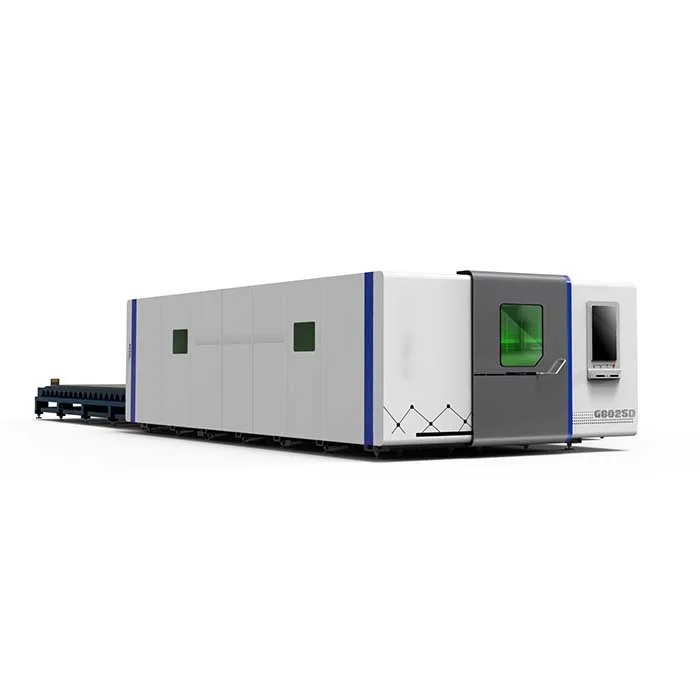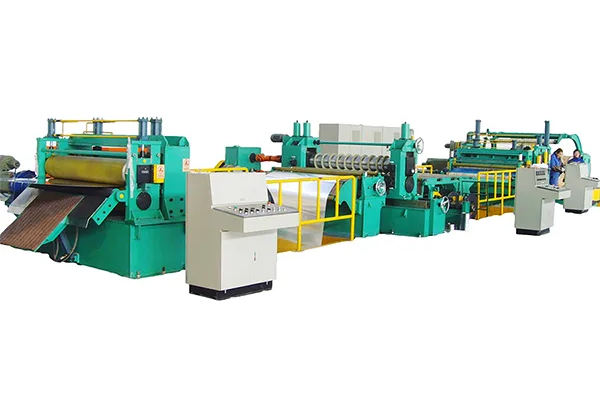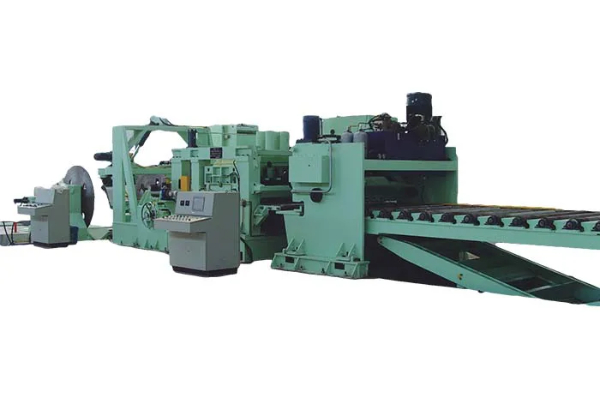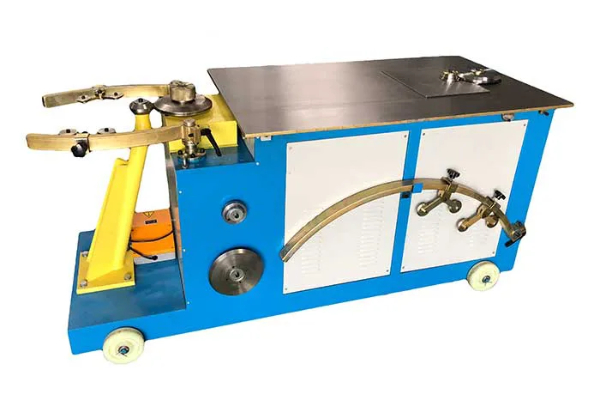
Step-by-Step Guide to Operating a Duct Plasma Cutting Machine
- By:Metmac
- 2024-07-10
- 199
Step-by-Step Guide to Operating a Duct Plasma Cutting Machine: Unleash the Cutting Edge
In the realm of fabrication, precision and efficiency reign supreme. Among the arsenal of cutting-edge tools at our disposal, duct plasma cutting machines stand out as masters of their domain. This step-by-step guide will empower you to harness the formidable power of these machines, unlocking a world of endless possibilities in metal fabrication.
Step 1: Safety First
Before embarking on any cutting operation, it is imperative to prioritize safety. Don proper personal protective equipment, including gloves, safety glasses, and a mask to shield yourself from sparks and fumes. Ensure the workspace is well-ventilated and free from combustible materials.
Step 2: Machine Setup
Familiarize yourself with the machine’s various components. Connect the plasma torch to the power supply and grounding cable. Set the desired cutting parameters, such as amperage, cutting speed, and gas flow rate, based on the material and thickness being cut.
Step 3: Material Preparation
Clean the workpiece thoroughly to remove any dirt or debris that could interfere with the cutting process. Secure the material firmly on the cutting table using clamps or magnets. Align the material with the cutting head to ensure precise cuts.
Step 4: Ignition and Cutting
Activate the plasma torch by pressing the trigger. A high-voltage spark will create a plasma stream between the electrode and the workpiece. As the torch moves along the cutting path, the plasma melts and vaporizes the metal, creating a clean and precise cut.
Step 5: Controlling the Process
Monitor the cutting process closely to ensure optimal results. Adjust the cutting speed and amperage as needed to maintain a consistent cut quality. Use the torch height control to maintain the correct distance between the torch and the workpiece, preventing excessive spatter or dross formation.
Step 6: Post-Processing
Once the cutting is complete, remove the workpiece from the table and inspect the cut for any imperfections. Use a wire brush or grinder to clean any remaining dross or slag from the cut edges.
Step 7: Maintenance and Troubleshooting
Regular maintenance is crucial to ensure the longevity and performance of the duct plasma cutting machine. Clean the torch regularly, replace worn consumables such as electrodes and nozzles, and inspect the power supply and connections for any wear or damage. If any issues arise during operation, consult the machine’s manual for troubleshooting guidance.
Conclusion
By following these steps, you can confidently master the operation of a duct plasma cutting machine and unlock its transformative capabilities. This empowers you to create complex and precise cuts in a variety of metals, unlocking new levels of efficiency and accuracy in your fabrication projects. Embrace the power of plasma cutting and witness the limitless possibilities it brings to your metalworking arsenal.
-
Finding the Right Partner: Your Guide to Premium Sheet Metal Laser Cutting Machines for Sale
2025/12/23 -
METMAC: Defining Excellence Among Sheet Metal Laser Cutting Machine Manufacturers
2025/12/23 -
Unleashing Power and Precision: The METMAC Plasma Sheet Metal Cutting Machine
2025/12/23 -
CNC laser cutting machine sheet metal-Precision Redefined: The METMAC CNC Laser Cutting Machine for Sheet Metal Mastery
2025/12/23
-
Advanced Sheet Metal Rolling, Laser Cutting, and Folding Machines for Precision Fabrication
2025/10/31 -
High-Performance Sheet Metal Bending and Cutting Machines for Modern Fabrication
2025/10/31 -
High-Quality Sheet Metal Equipment for Sale: Efficient Solutions for Modern Manufacturing
2025/10/31 -
High-Performance Sheet Metal Equipment for Sale: Forming and Shearing Solutions for Modern Fabrication
2025/10/22
-
A Guide to the Latest Innovations in Sheet Metal Folding Machines
2024/11/29 -
Key Features to Consider When Investing in a Sheet Metal Folding Machine
2024/11/28 -
Enhancing Precision with Advanced Sheet Metal Folding Machines
2024/11/27 -
How to Choose the Right Sheet Metal Folding Machine for Your Workshop
2024/11/26







